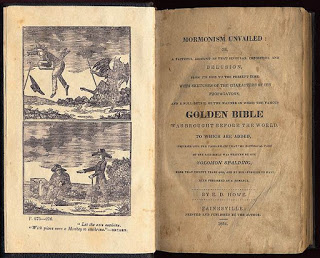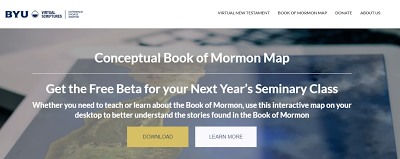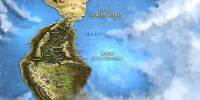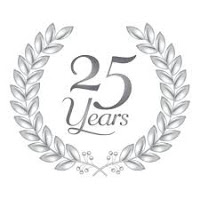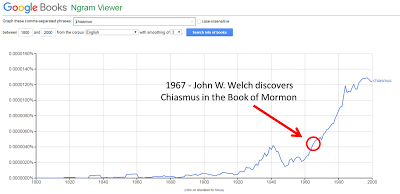Why Letter VII is awesome
Joseph and Oliver wrote these eight historical letters to edify and educate the early Saints. In part, they were responding to anti-Mormon publications. They assured readers that the letters were “founded upon facts.”
One of the things they specifically identified as a fact was that the final battles of the Jaredites and the Nephites took place on the mile-wide valley west of the Hill Cumorah in New York.
They also said Mormon’s depository of Nephite records (Mormon 6:6) was in the same hill. To Joseph and Oliver, this was not a matter of theory or conjecture; they had actually been in the depository, as Brigham Young and others explained.
It’s not just Letter VII that is awesome.
Part of Letter I has been canonized in the Pearl of Great Price.
Other letters tell us details about Moroni’s first visit, about Joseph’s visit to the Hill Cumorah, about how the stone box was constructed, and more. For example, thanks to these letters we know that Moroni told Joseph the record was “written and deposited” not far from Joseph’s home. This means Mormon lived in the area when he abridged the Nephite records in the depository that, also, was not far from Joseph’s home.
It’s no wonder that Joseph Smith had his scribes copy these letters into his own history.
It’s no wonder that Joseph encouraged others to reprint these letters so everyone would have access to them.
(I don’t think it’s ironic that the first thing published after Joseph’s martyrdom, The Prophet newspaper in New York on June 29, 1844 (published by William Smith, Joseph’s brother), included Letter VII.)
It’s no wonder that all of Joseph’s contemporaries and successors accepted what he and Oliver taught about the Hill Cumorah in New York.
But we do have to wonder why some of our modern LDS scholars and educators continue to reject and oppose what Joseph and Oliver taught in these letters.
_______________________
In October 1834, the first anti-Mormon book was published in Painesville, Ohio, not far from Kirtland. Written by E.D. Howe, the book was titled Mormonism Unvailed, and it portrayed the Book of Mormon as fiction (claiming it was copied from a romance novel by Solomon Spalding). Even today, critics of the Church make this claim, now called the Spalding theory.
 |
| Mormonism Unvailed by E.D. Howe |
When we look at Church history, how did Joseph and Oliver, the President and Assistant President of the Church, respond to Mormonism Unvailed?
They wrote a series of eight historical letters and published them in the Messenger and Advocate. In the first issue, published in October 1834 (the same month as Mormonism Unvailed), Oliver explained that “our opponants [opponents] have cried an alarm, and used every exertion to hinder the spread of truth; but truth has continued its steady course, and the work of the Lord has rolled on.”
He introduced the series of historical letters by writing, “we have thought that a full history of the rise of the church of the Latter Day Saints, and the most interesting parts of its progress, to the present time, would be worthy the perusal of the Saints…
“That our narrative may be correct, and particularly the introduction, it is proper to inform our patrons, that our brother J. SMITH jr. has offered to assist us. Indeed, there are many items connected with the fore part of this subject that render his labor indispensable. With his labor and with authentic documents now in our possession, we hope to render this a pleasing and agreeable narrative, well worth the examination and perusal of the Saints.-To do justice to this subject will require time and space: we therefore ask the forbearance of our readers, assuring them that it shall be founded upon facts.“
This is a rational and effective response to the allegation in Mormonism Unvailed that the Book of Mormon was fiction. What better way to confront error than with facts?
In 1834, these letters were a response to Mormonism Unvailed.
Today, in 2017, these letters are a response to the Mesoamerican and two-Cumorahs theories.
Among the facts that Oliver and Joseph presented was the detailed explanation that Cumorah was in New York. They explicitly stated it was a fact that the final battles of the Jaredites and Nephites took place in the mile-wide valley west of the hill in New York where Joseph first obtained the plates from Moroni. They said Mormon’s depository (Mormon 6:6) was in the same hill. And they specifically identified it as Cumorah.
But our BYU scholars reject what they wrote, claiming that these were not facts but opinions, and that they were wrong.
Source: Letter VII
